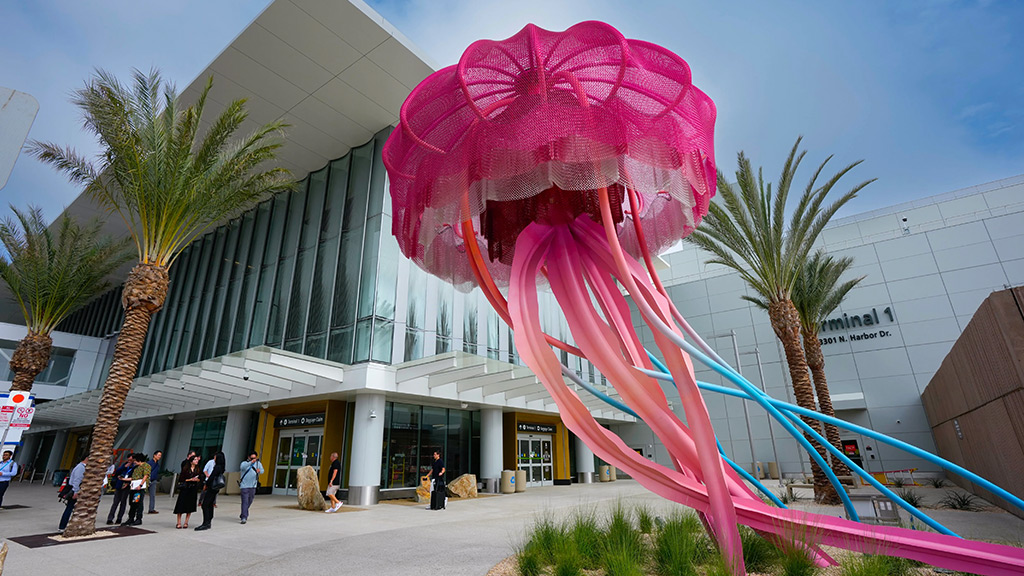Aviation
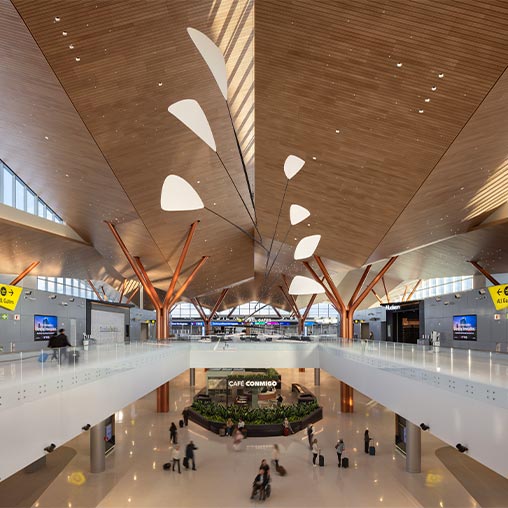
Pittsburgh International Airport Terminal Modernization Program
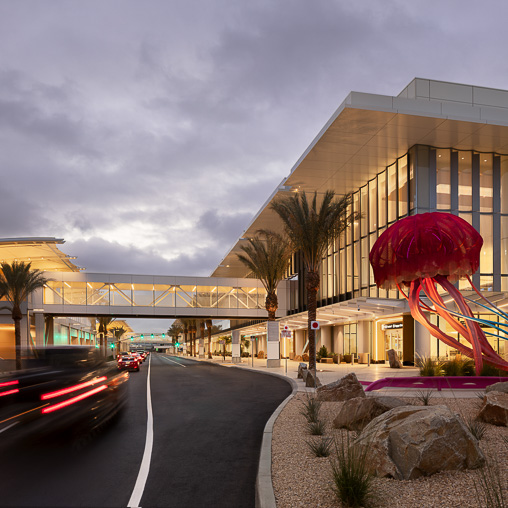
San Diego International Airport Terminal 1 & Roadways

Delta One Airport Lounges
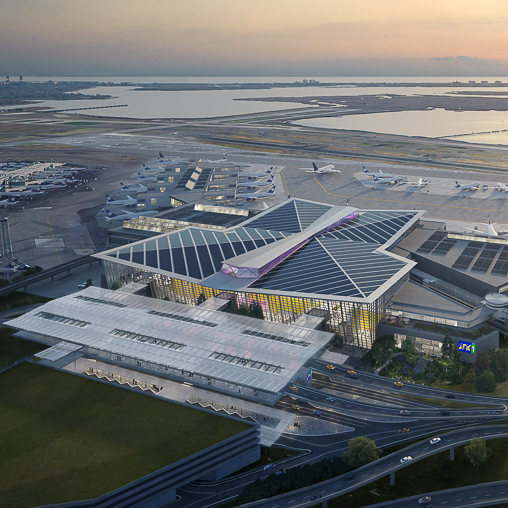
New Terminal One at JFK International Airport
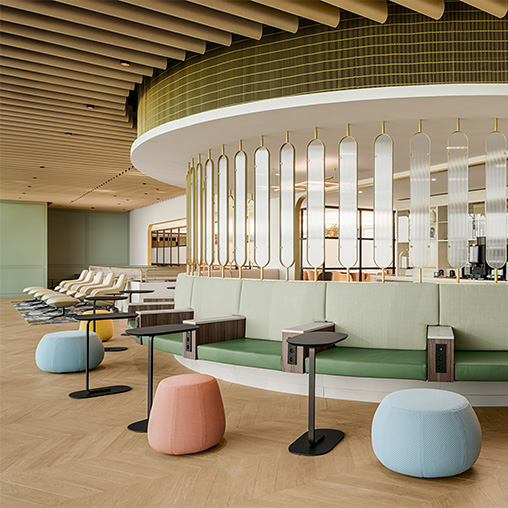
Star Alliance Lounge at Charles de Gaulle Airport
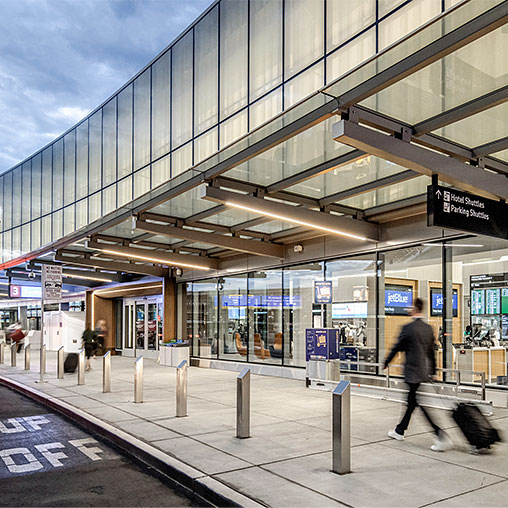
San Francisco International Airport, T1 Net Zero Program
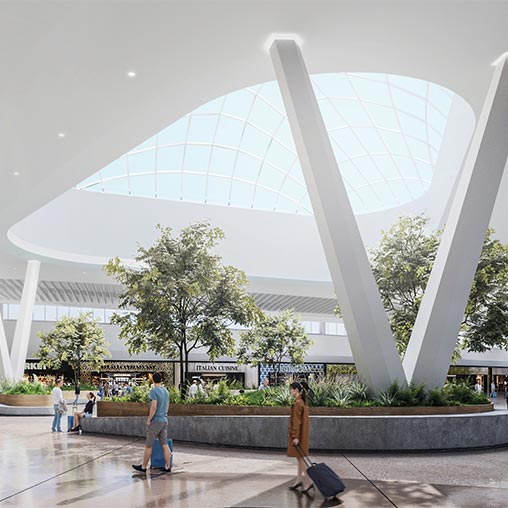
John Glenn Columbus International Airport Terminal
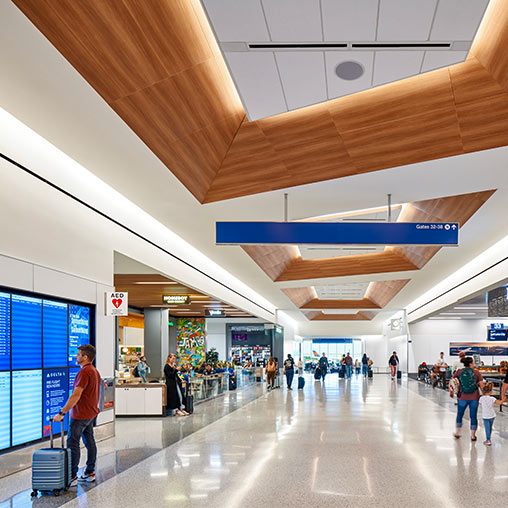
Delta Sky Way at LAX
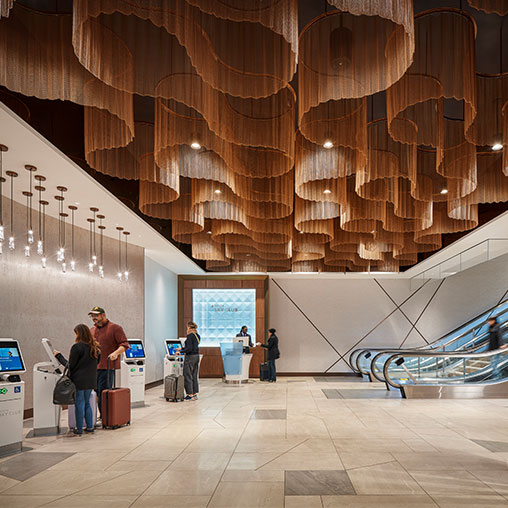
Delta Sky Club at LAX
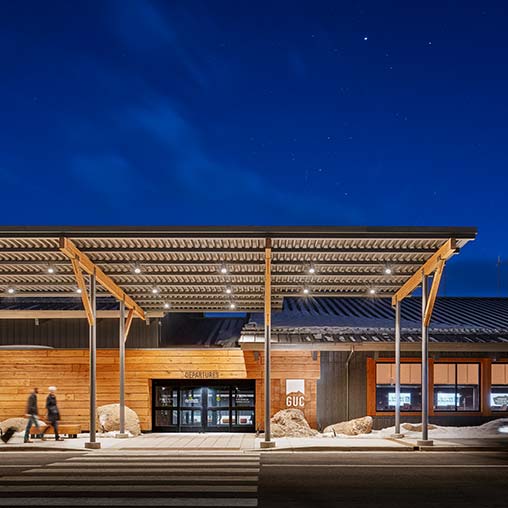
Gunnison-Crested Butte Regional Airport
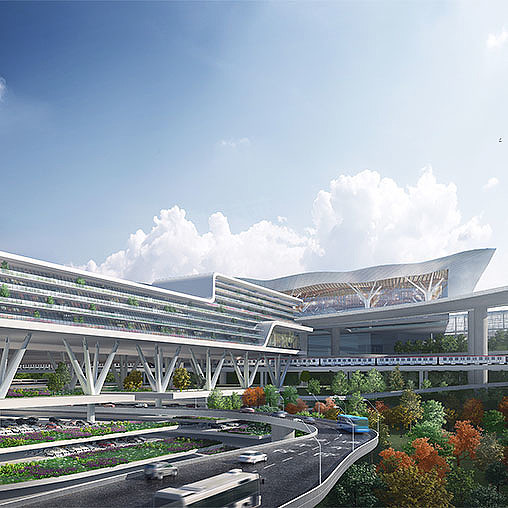
Kunming Changshui Airport
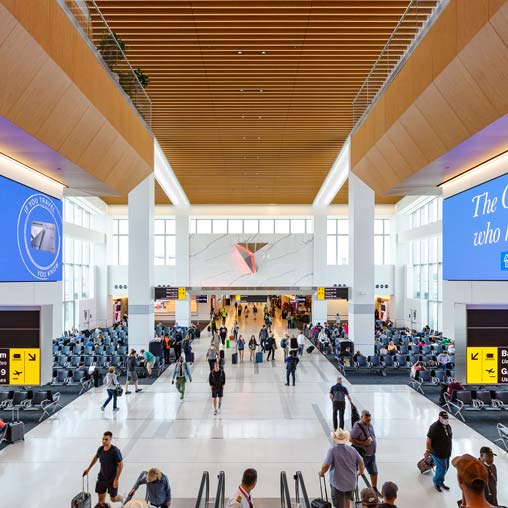
Delta’s Terminal C at LaGuardia Airport
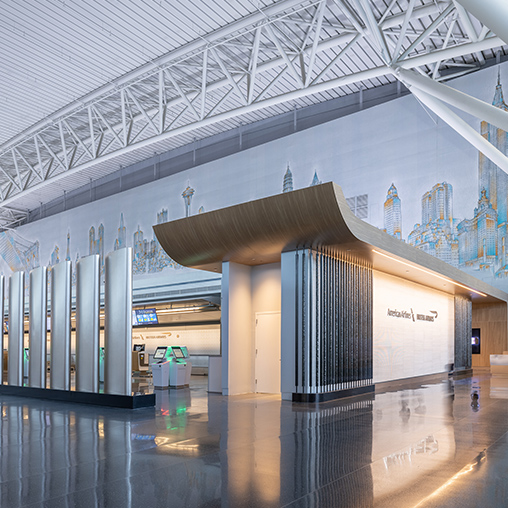
American Airlines & British Airways Premium Experience at JFK International Airport
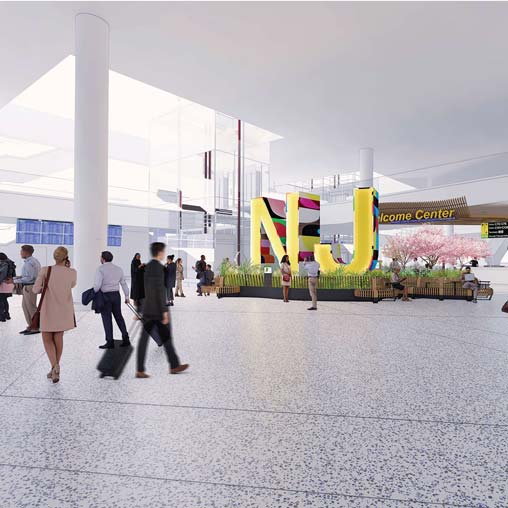
Terminal A at Newark Liberty International Airport
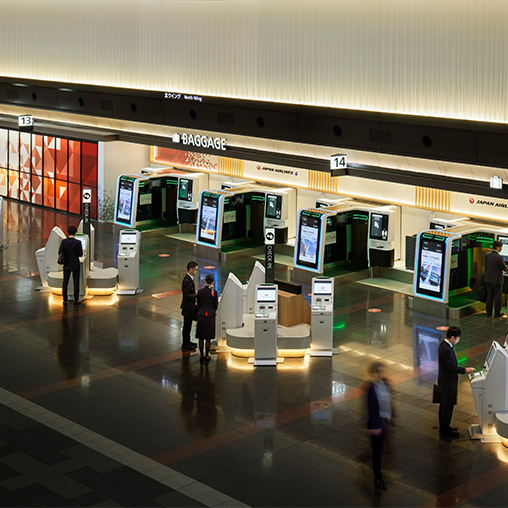
Japan Airlines Check-In Area
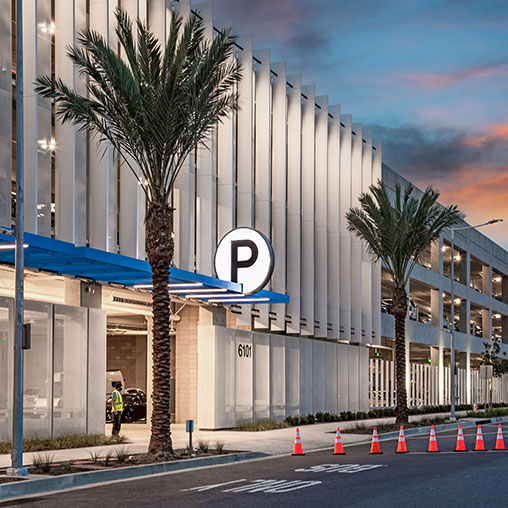
LAX Economy Parking Garage

Eagle County Regional Airport
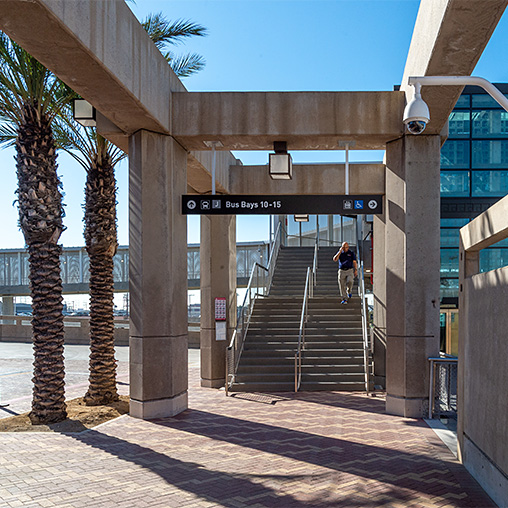
Union / Patsaouras Plaza Busway Station
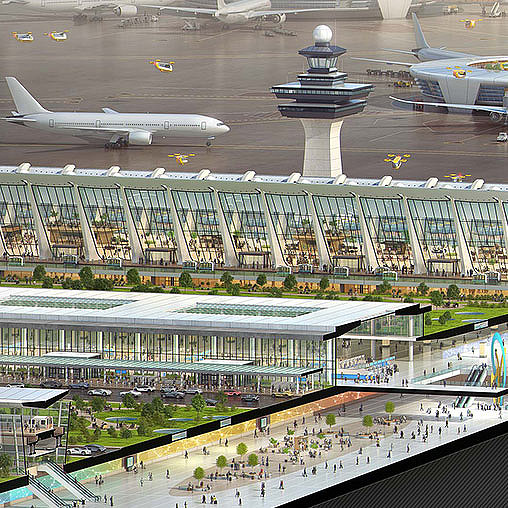
A New Dulles Airport: Reimagined for a Post-COVID World
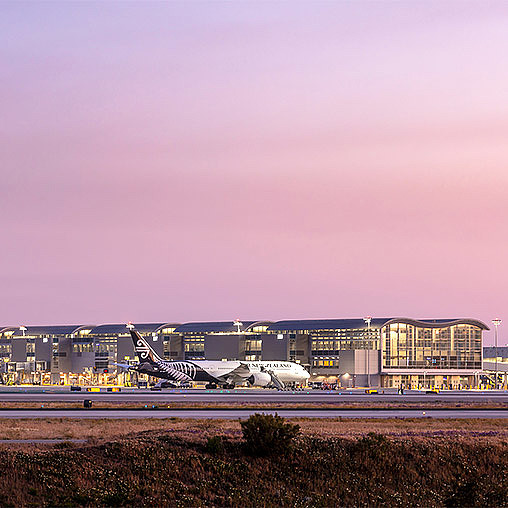
LAX West Gates at Tom Bradley Terminal
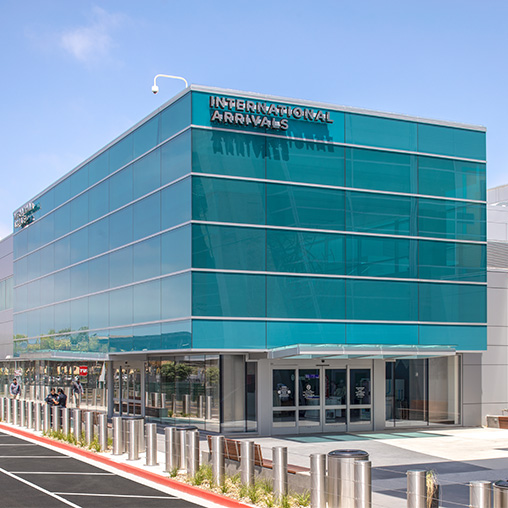
San Diego International Airport, Federal Inspection Services Facility
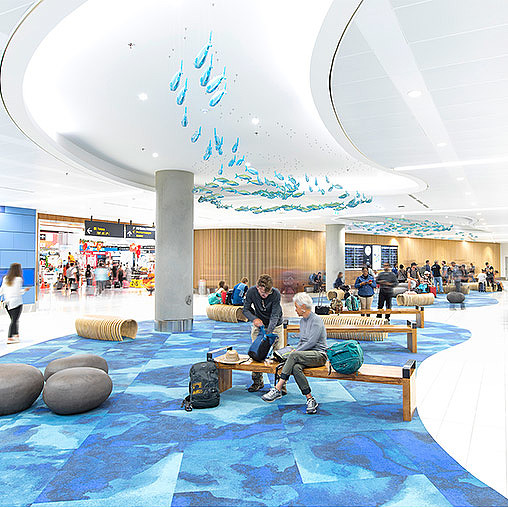
Auckland Airport International Departures Experience
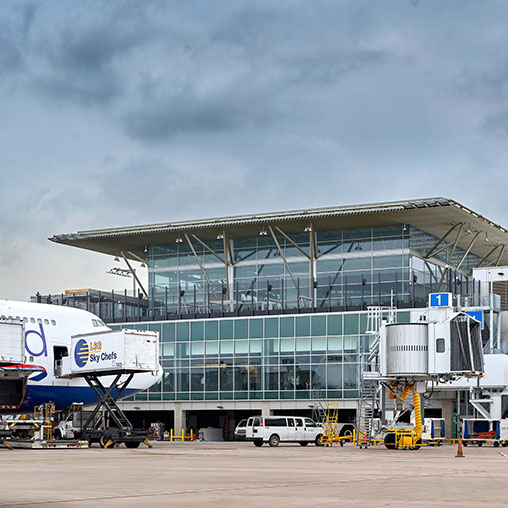
Austin-Bergstrom International Airport Expansion
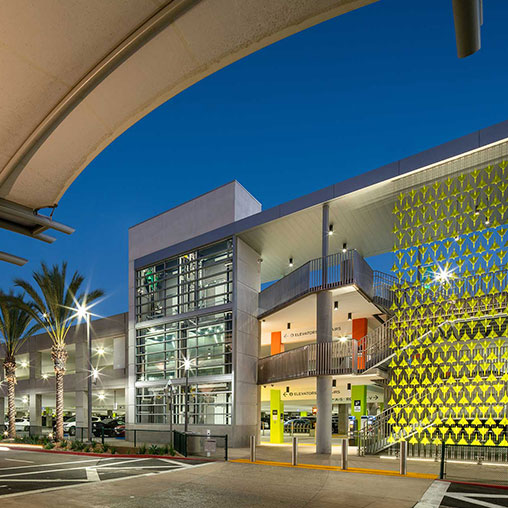
San Diego International Airport, Terminal 2 Parking Plaza
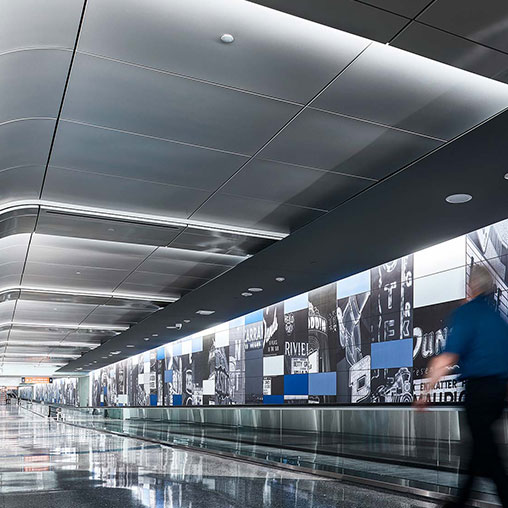
McCarran International Gates Expansion
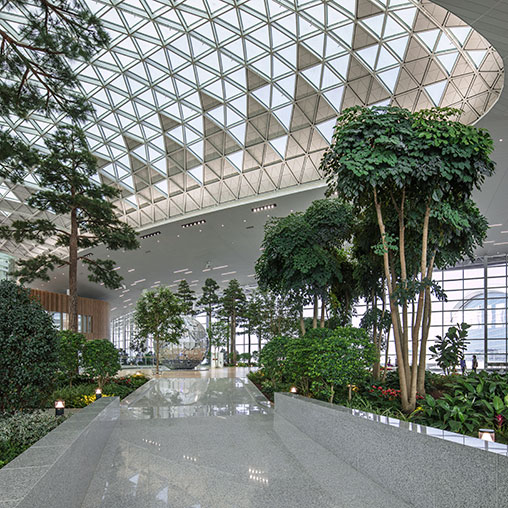
Incheon International Airport
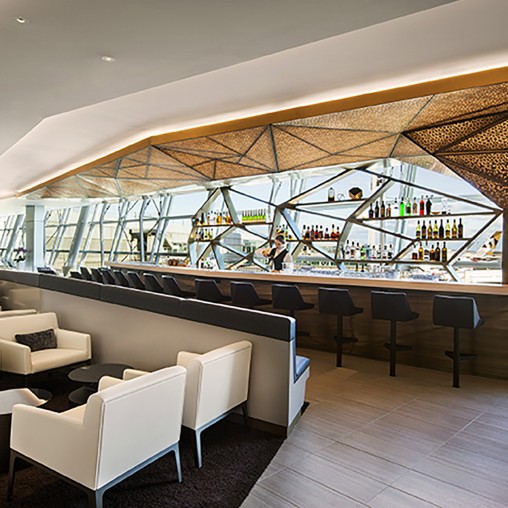
Etihad Flagship Lounge, JFK International Airport
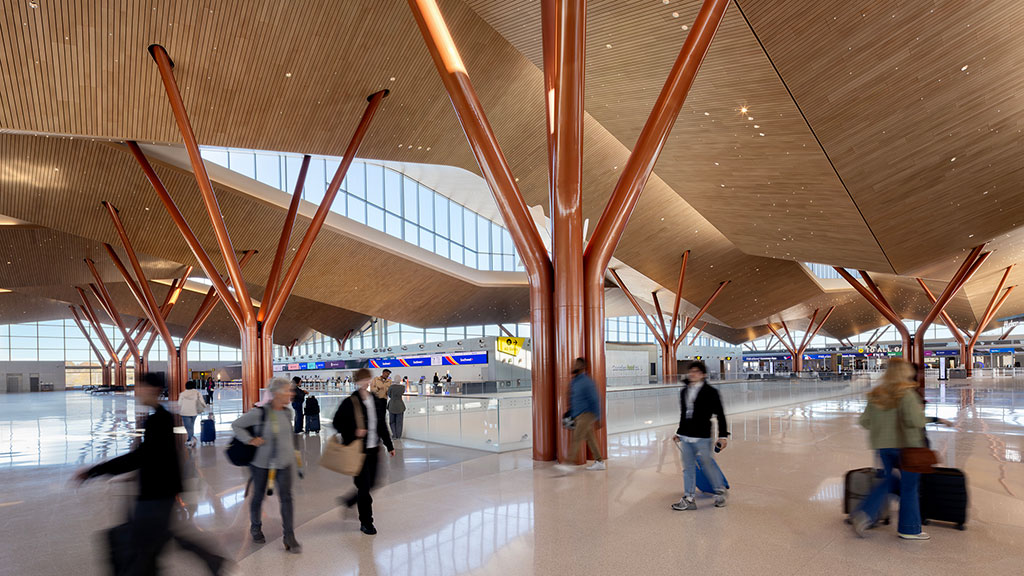
Trends to Watch: What’s Next for Airports and Aviation
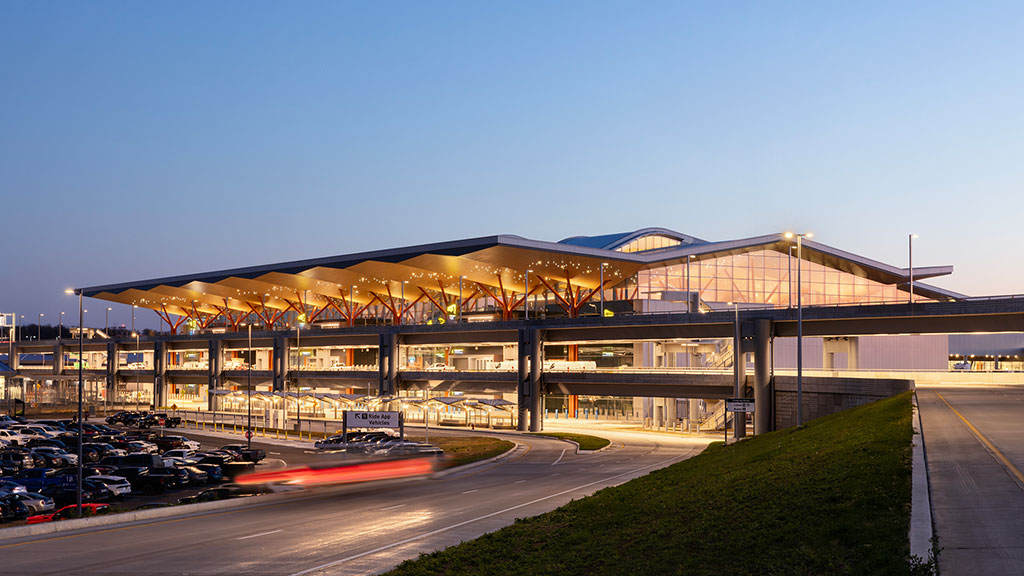
Designing the Future of Travel at Pittsburgh International Airport
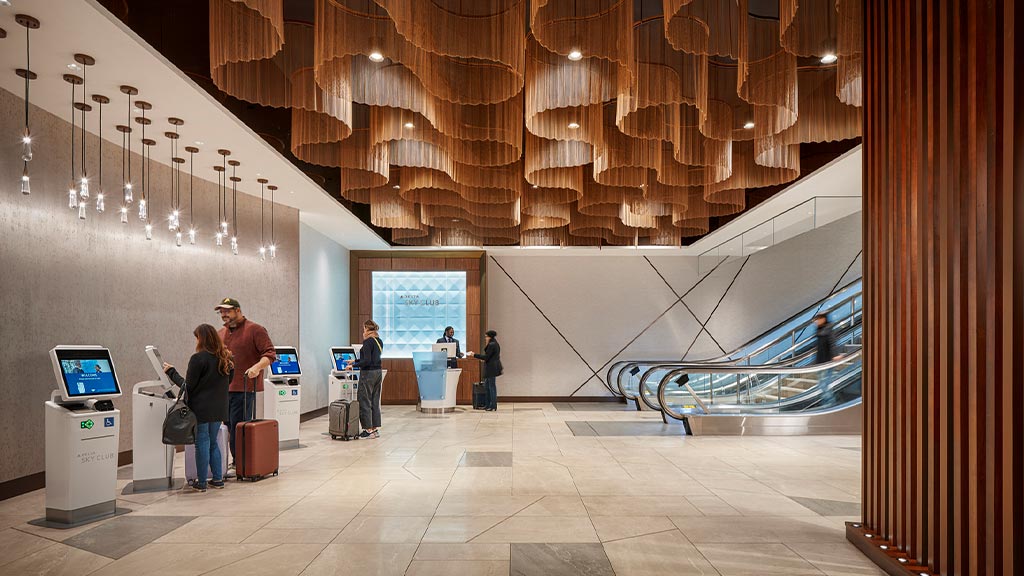
The New Job for the Airport CEO: It’s More Challenging — and More Uplifting — Than Ever
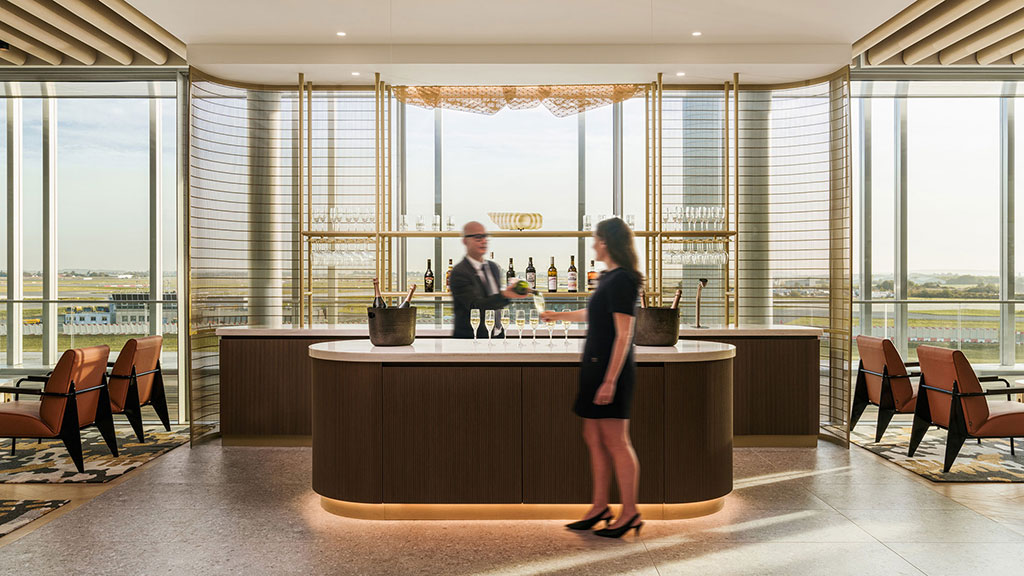
More Than Just a Seat: The Lounge as the New Travel Destination
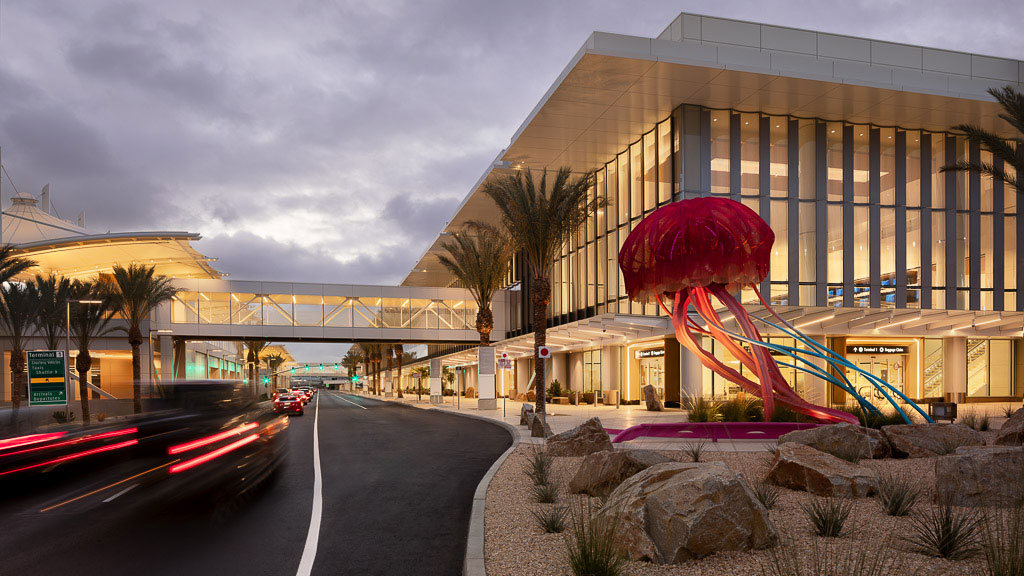
Reimagining San Diego International Airport’s T1 as a Global Gateway
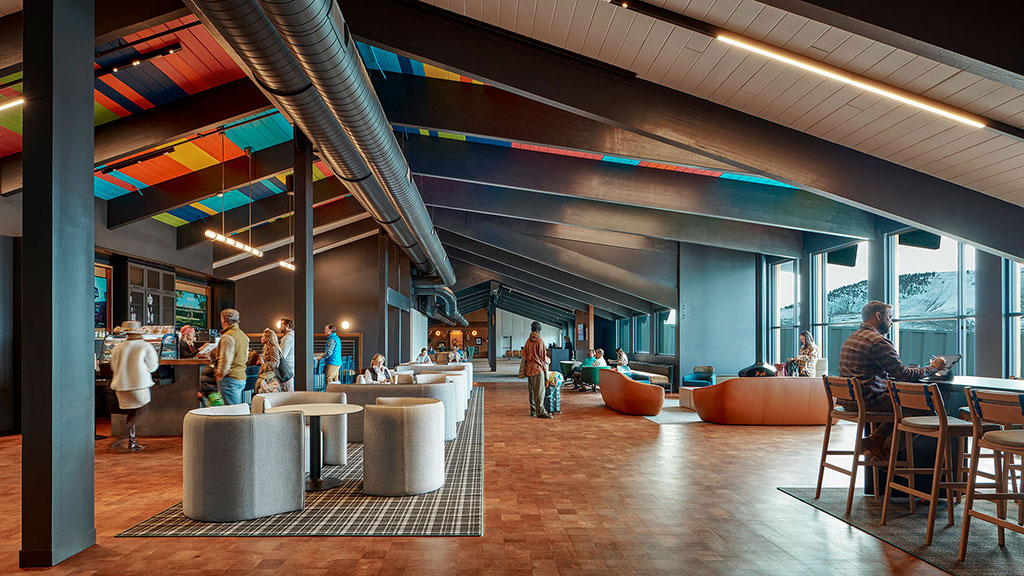
How Aviation Is Evolving for the Leisure Traveler
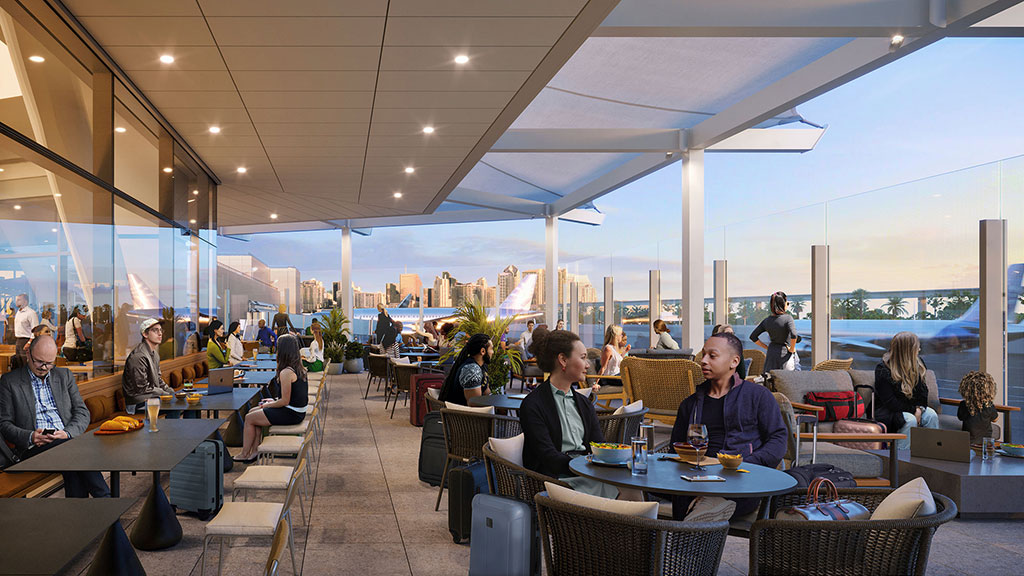
The Rise of Outdoor Spaces at Airports
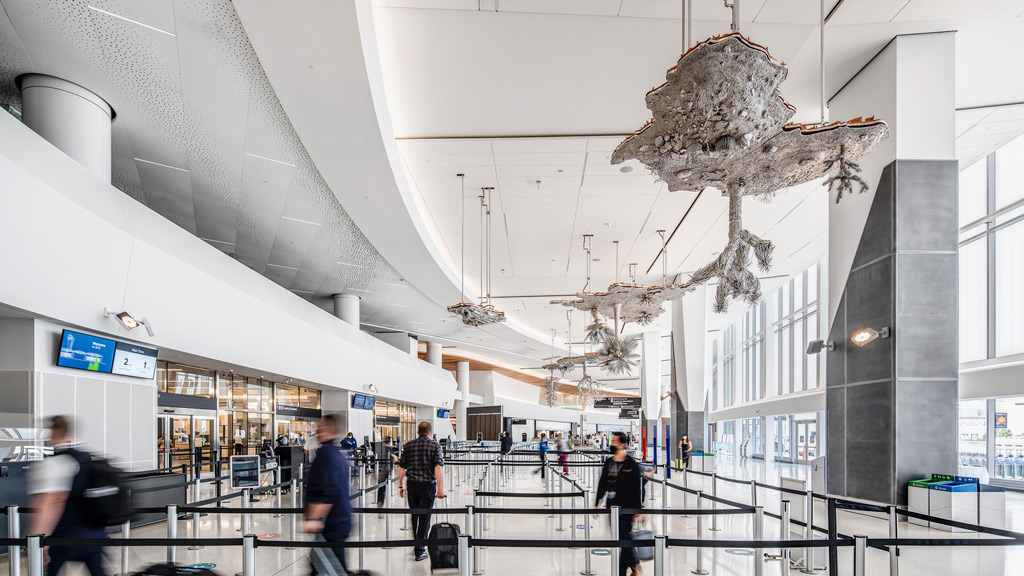
Airports Can’t Stop. Here’s How to Keep them Functional During Construction.

Trends to Watch Shaping the Future of Airports and Aviation
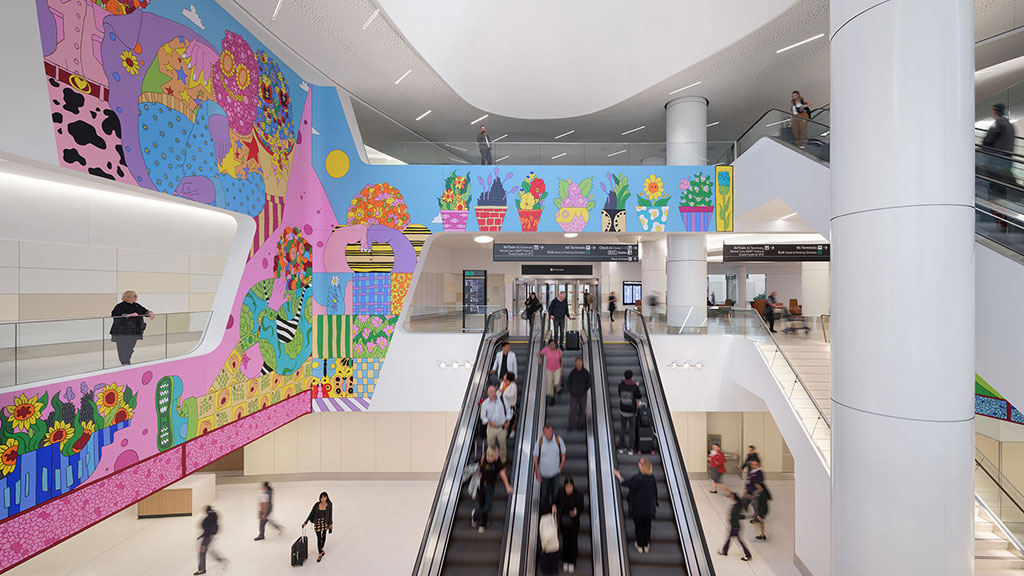
What Airports Can Learn From Stadiums and Ballparks
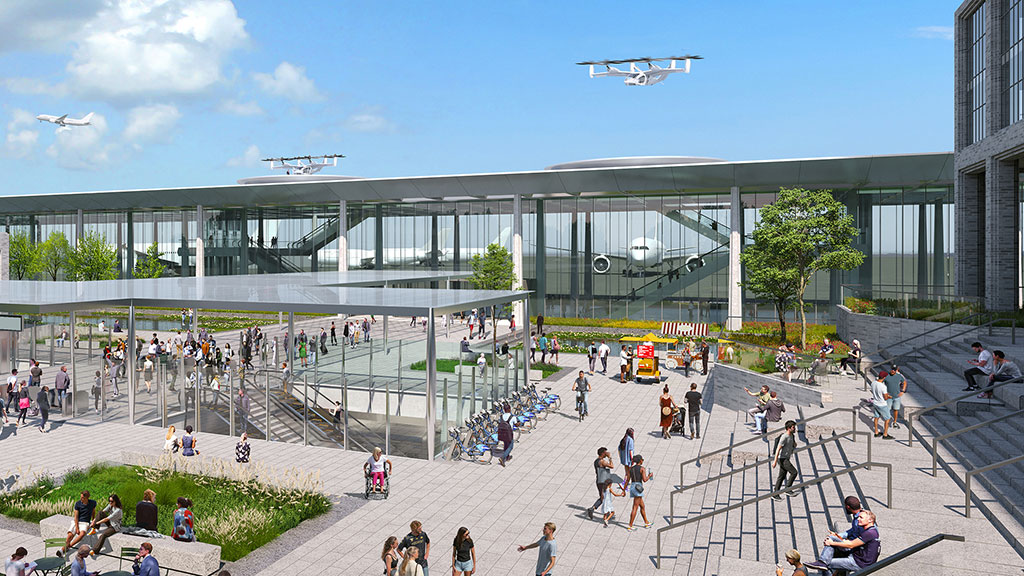
Urban Air Mobility Is Here. Here’s How Cities Can Adapt.
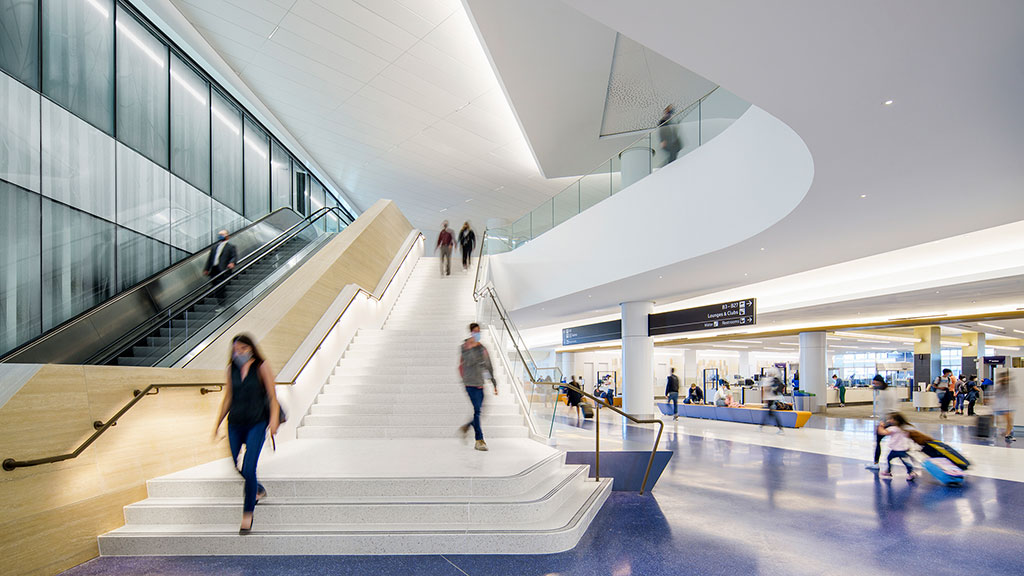
Designing ‘the Quiet Airport’ at SFO
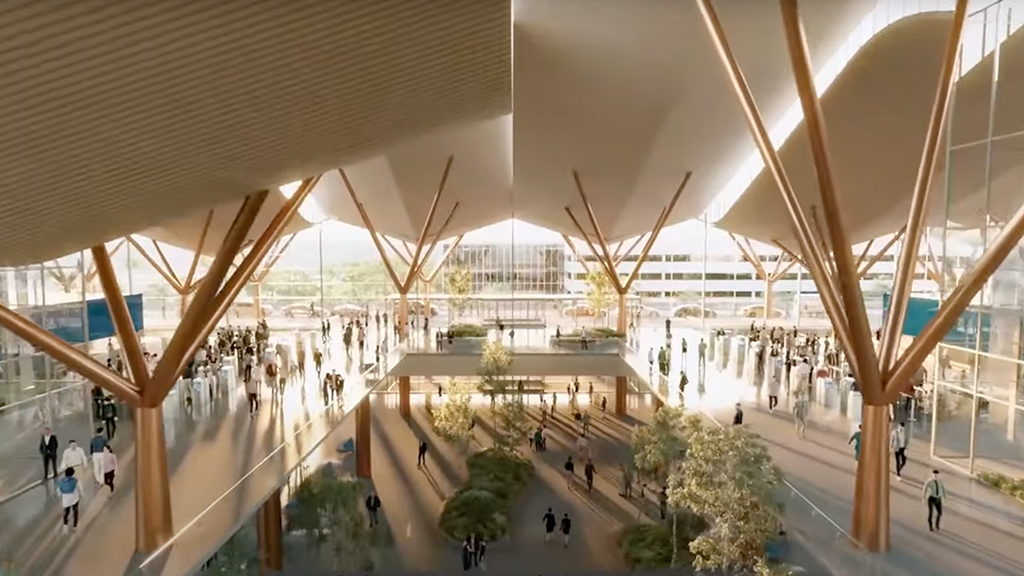
The New Pittsburgh Airport: Redefining an Airport Through Design
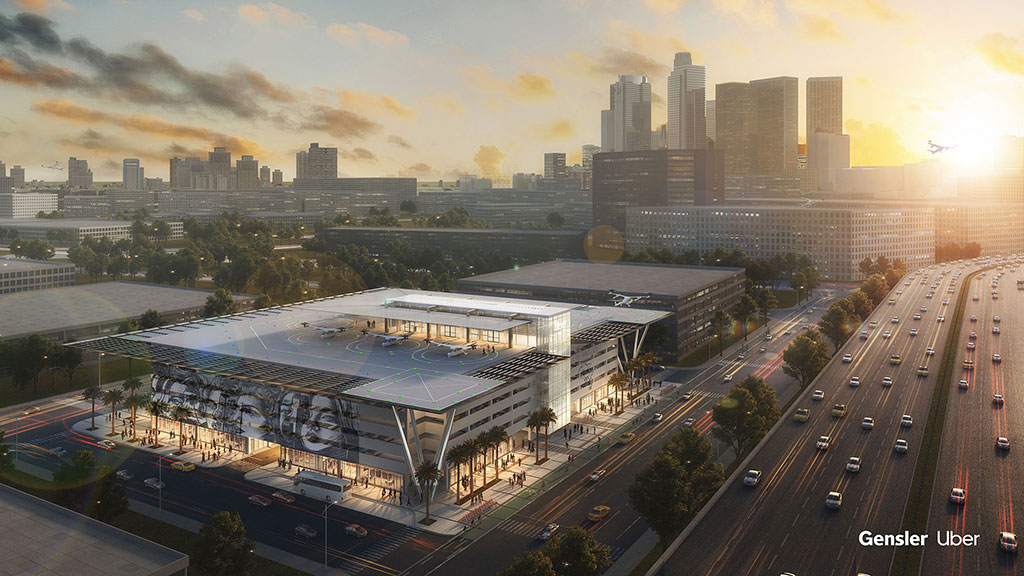
How eVTOLs Could Create a More Inclusive, Sustainable Future for Mobility

Elevating the Retail Experience: 4 Lessons From Airport Lounge Design
Airports generate and manage their own clean power.
Sustainable aviation fuels, electrified ground fleets, and future hybrid aircraft push energy demand up, making on-site solar and batteries a resilience play as much as a climate goal. Where utility rules allow, terminals become energy assets; where they don’t, designs still plan for higher loads and smarter storage.
AI, biometrics, and digital twins transform travel.
Airports use advanced technologies to enhance security, monitor flows, personalize the passenger journey, and optimize operations. This includes AI-driven efficiency at airports, such as streamlining curbside pickup and tracking passenger movements, as well as digital twins for improved planning and maintenance.
Leisure travel sets the brief for airport innovations.
Longer dwell times shift concourses toward “lounge for all” comfort, while the top end gets even more luxurious with chef-driven dining and premium services. Outdoor terraces, quiet-airport acoustics, and neurodivergent-friendly rooms turn stress into calm — and calm passengers stay, spend, and come back for more.
Built-in flexibility allows terminals to adapt to surges, seasons, and changing needs.
Modular layouts, perimeter buffer space, and convertible indoor–outdoor zones let facilities breathe and flex during construction, delays, and peak travel. This same adaptability readies airports for eVTOL pads and short-haul hybrid operations without committing to costly, fixed expansions too soon.


Tim Sullivan

Ty Osbaugh

Tim Hudson

Gensler-Designed SFO Harvey Milk Terminal 1 Honored With the Prix Versailles 2025 Best of Show Prize in Aviation
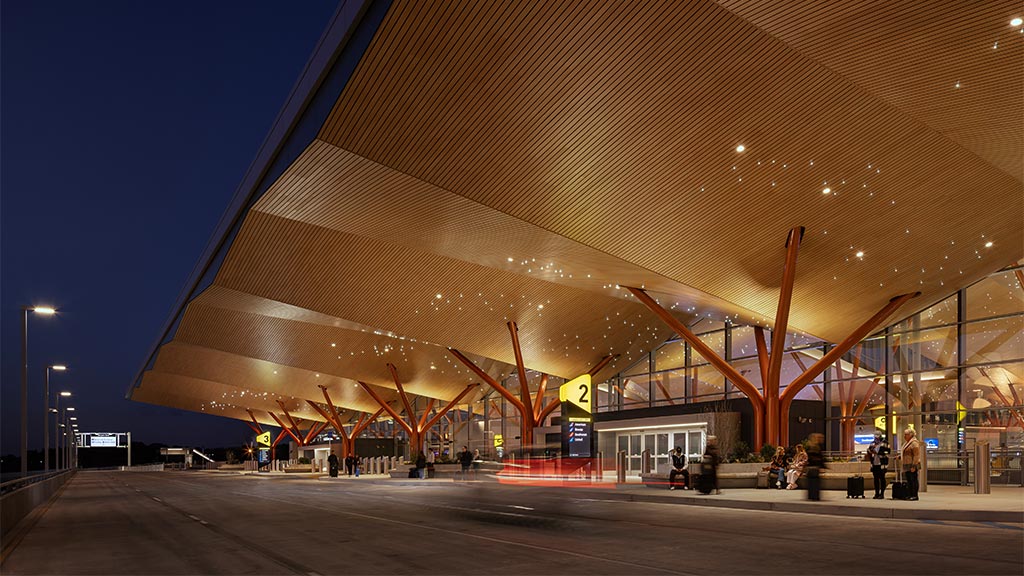
Fast Company Spotlights Pittsburgh International Airport’s “Nature-Inspired Makeover”
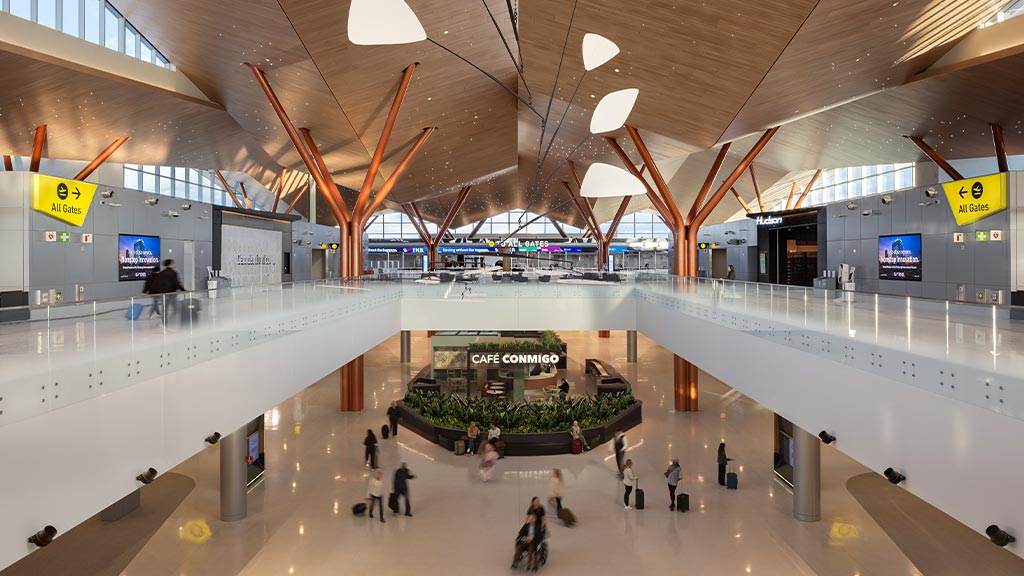
Transformed Pittsburgh International Airport Opens Today
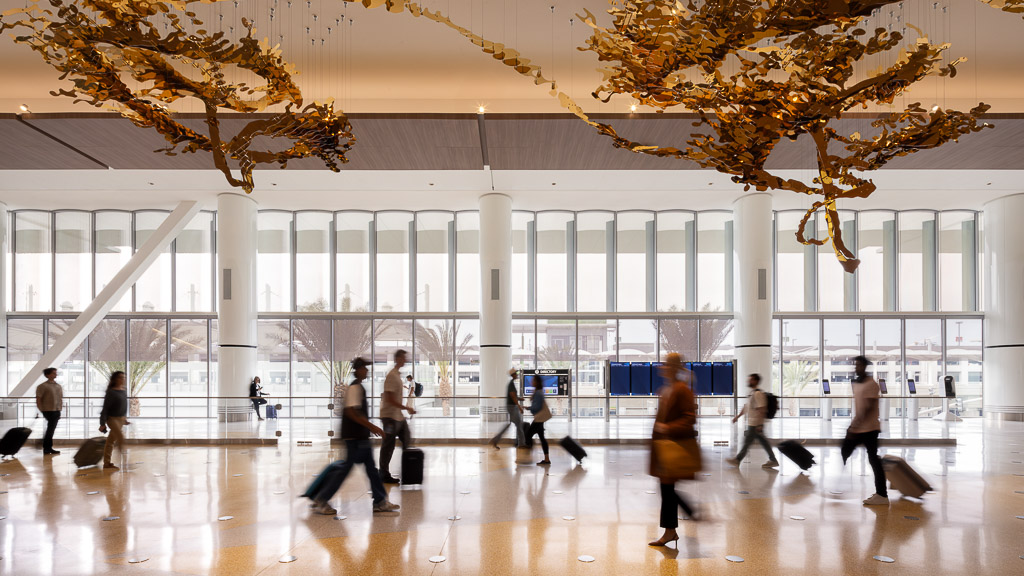
Inside Pittsburgh International Airport and San Diego International Airport’s Billion-Dollar Terminal Makeovers
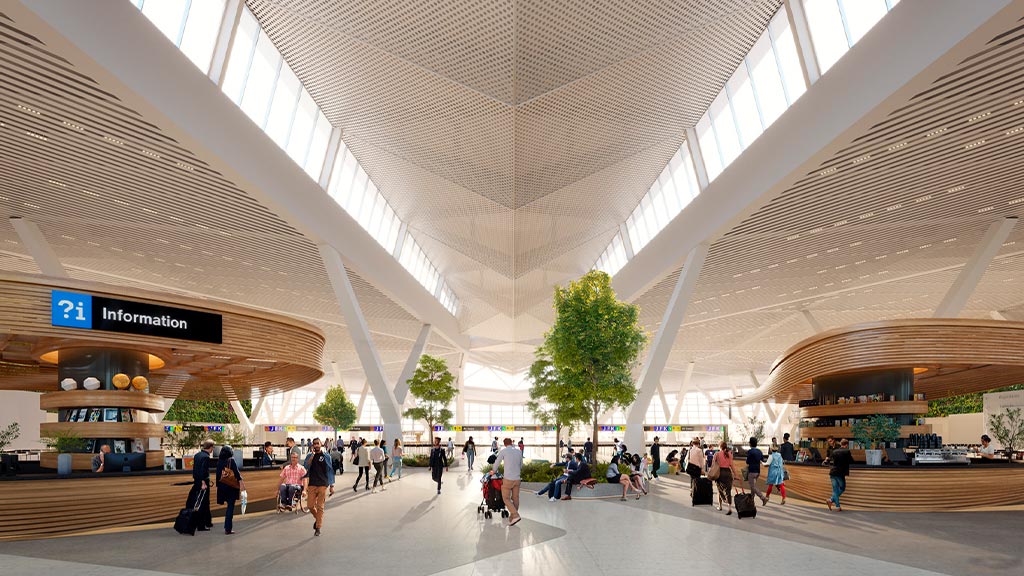
Fortune Shares Insights From Gensler Global Co-Chair Andy Cohen on How Airport CEOs Are Prioritizing Experience and Resilience
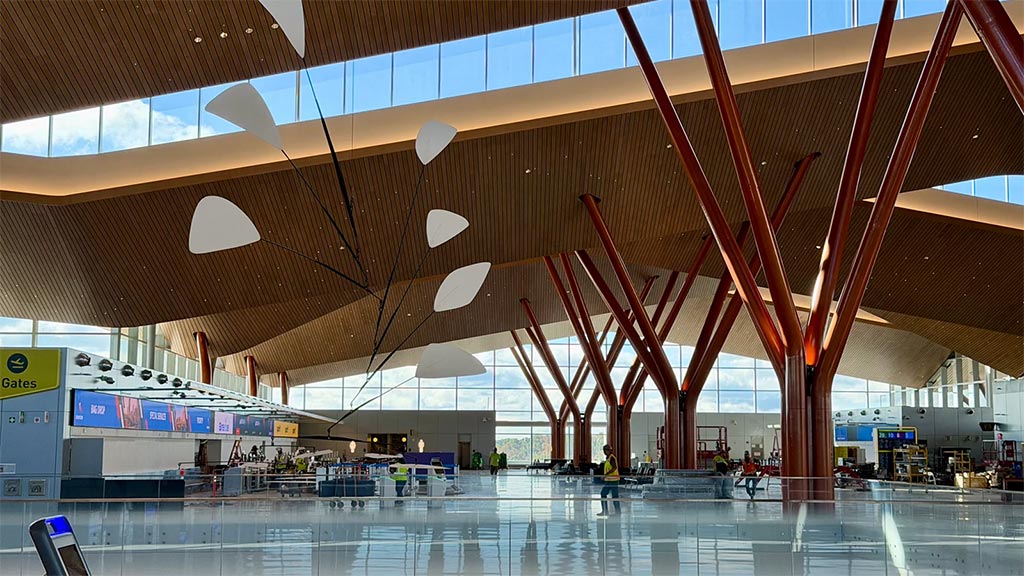
The Points Guy Tours Pittsburgh International Airport’s Gleaming $1.7 Billion Terminal
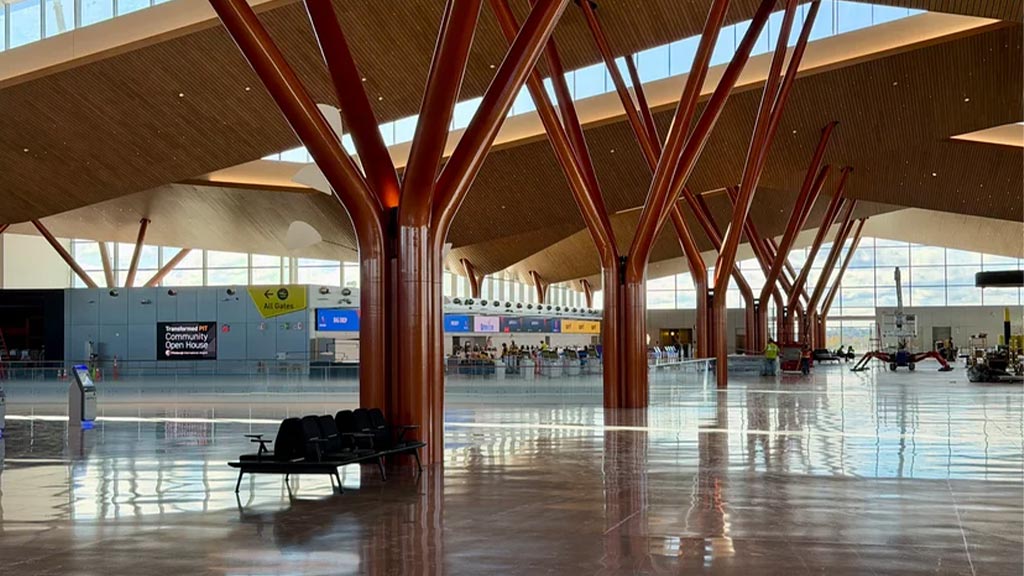
Inside Pittsburgh International Airport’s New $1.7 Billion Terminal Opening
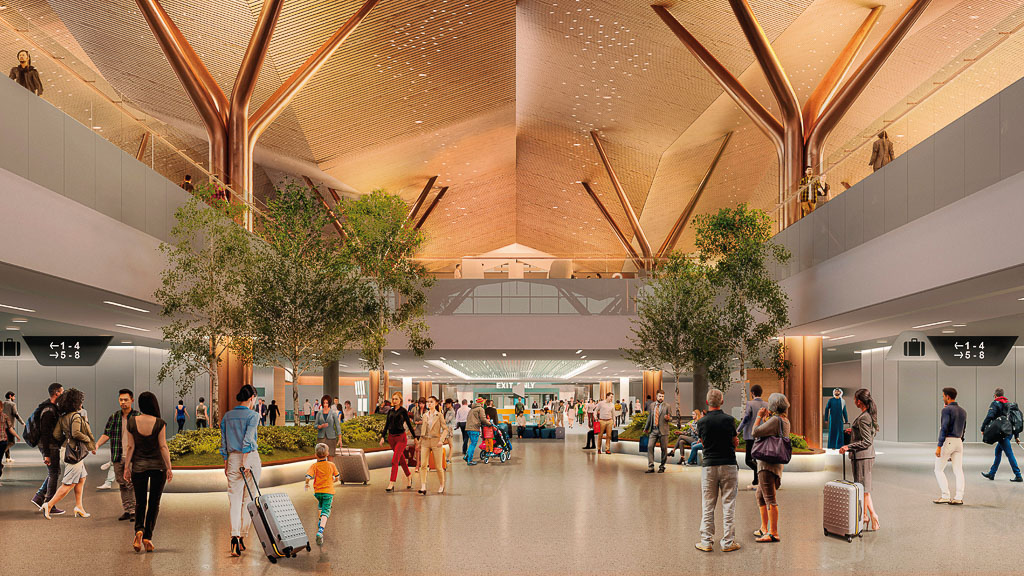
Pittsburgh International Airport CEO Christina Cassotis, Gensler’s Carolyn Sponza, and Architect Luis Vidal on the Highly Anticipated New Terminal
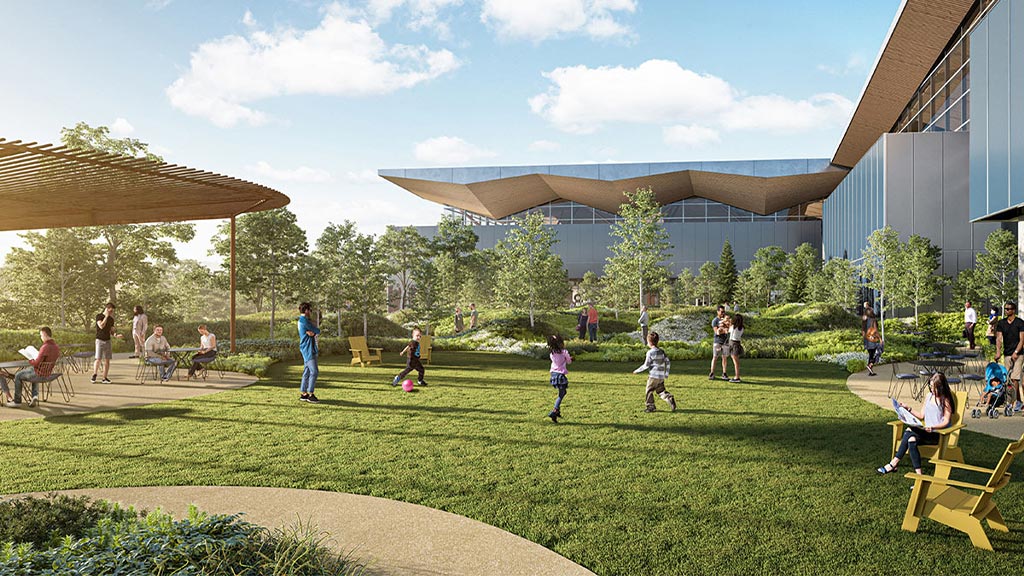
Airports International Highlights Pittsburgh International Airport’s New Terminal Opening
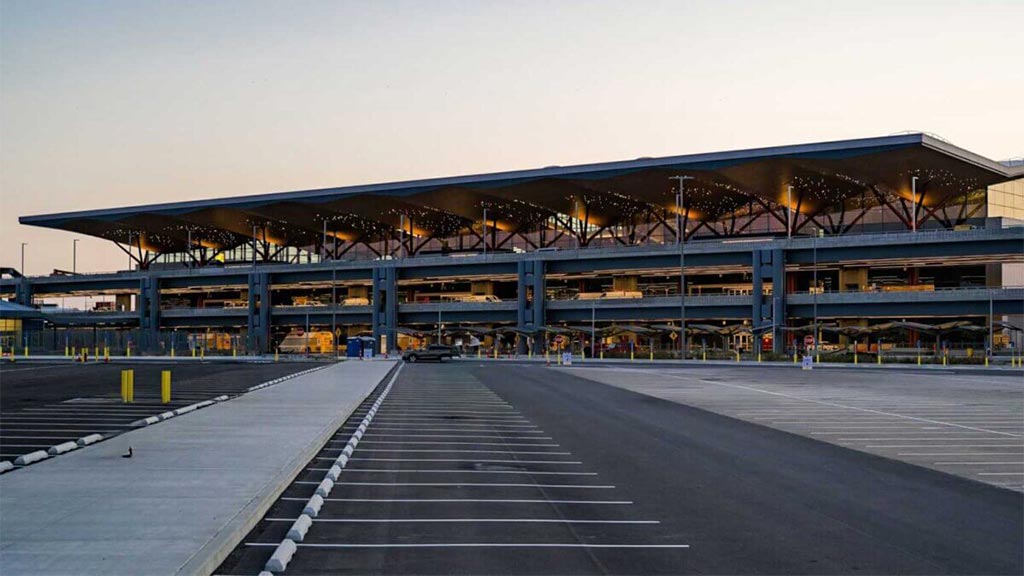
The Architect’s Newspaper Explores the Pittsburgh International Airport’s New Terminal

The Points Guy Toured Pittsburgh International Airport’s New Terminal Ahead of Its Opening

Gensler and San Diego International Airport Set a Global Benchmark With the New Terminal 1: Sustainable, Experience-Driven Design

Gensler’s $3.8B Redesign of Terminal 1 at San Diego International Airport Captures the Essence of San Diego

How the Rise of Airport Lounges With “Ever-Swankier Amenities” Is Transforming Travel
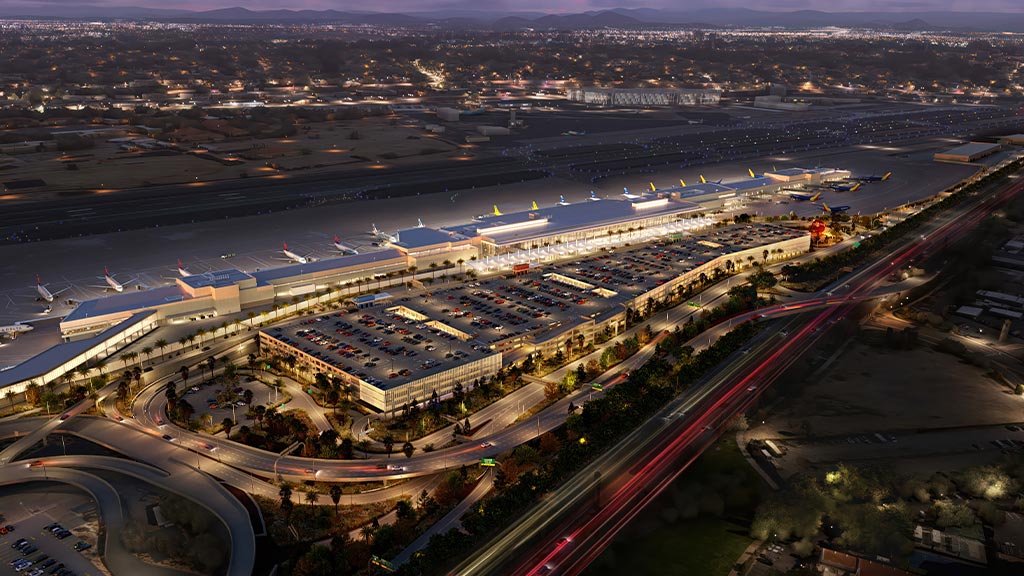
Axios Spotlights San Diego Airport’s $3.8 Billion New Terminal Design
